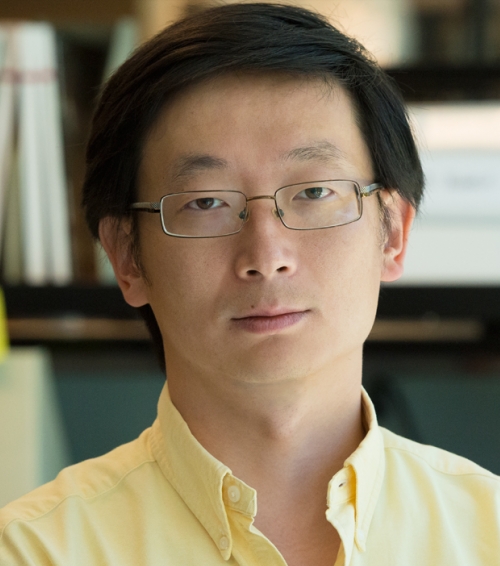
Sheng Ding, PhD, is an affiliate investigator at Gladstone Institutes. He is also professor of pharmaceutical chemistry at UC San Francisco, Bayer Distinguished Professor in the School of Pharmaceutical Sciences at Tsinghua University, and institute director of the Global Health Drug Discovery Institute in Beijing, China. Ding was an assistant professor and then an associate professor of chemistry at Scripps Research from 2003 to 2011, and then moved his lab to Gladstone as William K. Bowes, Jr. Distinguished Investigator.
Ding pioneered the development and application of innovative chemical approaches to stem cell biology and regeneration. His team was the first to identify synthetic small molecules that can control cell fate, including stem cell self-renewal, differentiation, lineage-specific reprogramming, and developmental and disease pathways. Ding has published over 100 research articles, reviews and book chapters, and has made several seminal contributions to the stem cell field. He is a co-founder of several biotech companies.
Ding earned a bachelor’s degree in chemistry with honors from the California Institute of Technology (Caltech), working with Robert H. Grubbs. He then earned a PhD in chemistry from the Scripps Research Institute, working with Peter G. Schultz. He is a member of the American Chemical Society, the American Society for Cell Biology, and the International Society for Stem Cell Research.

